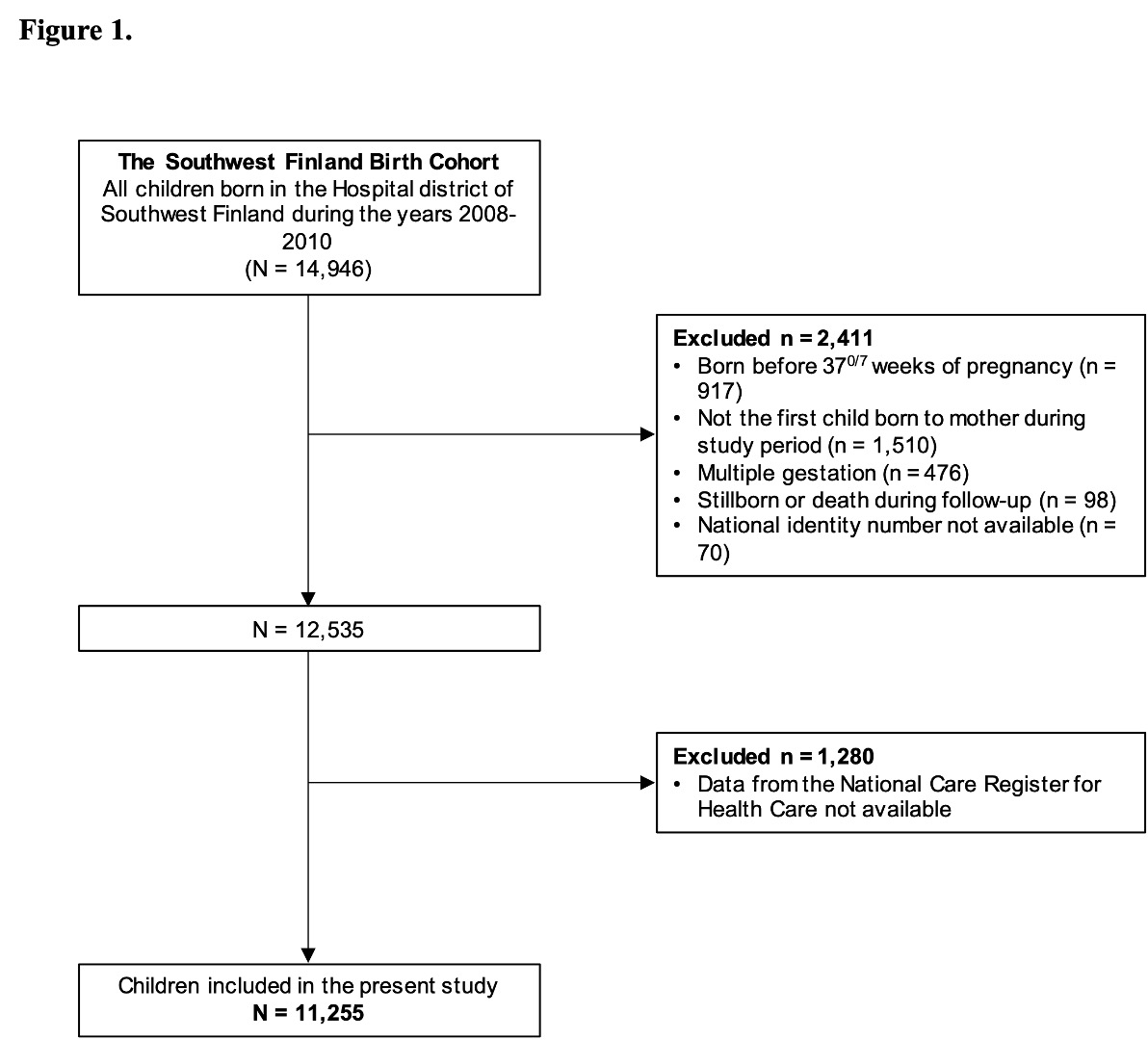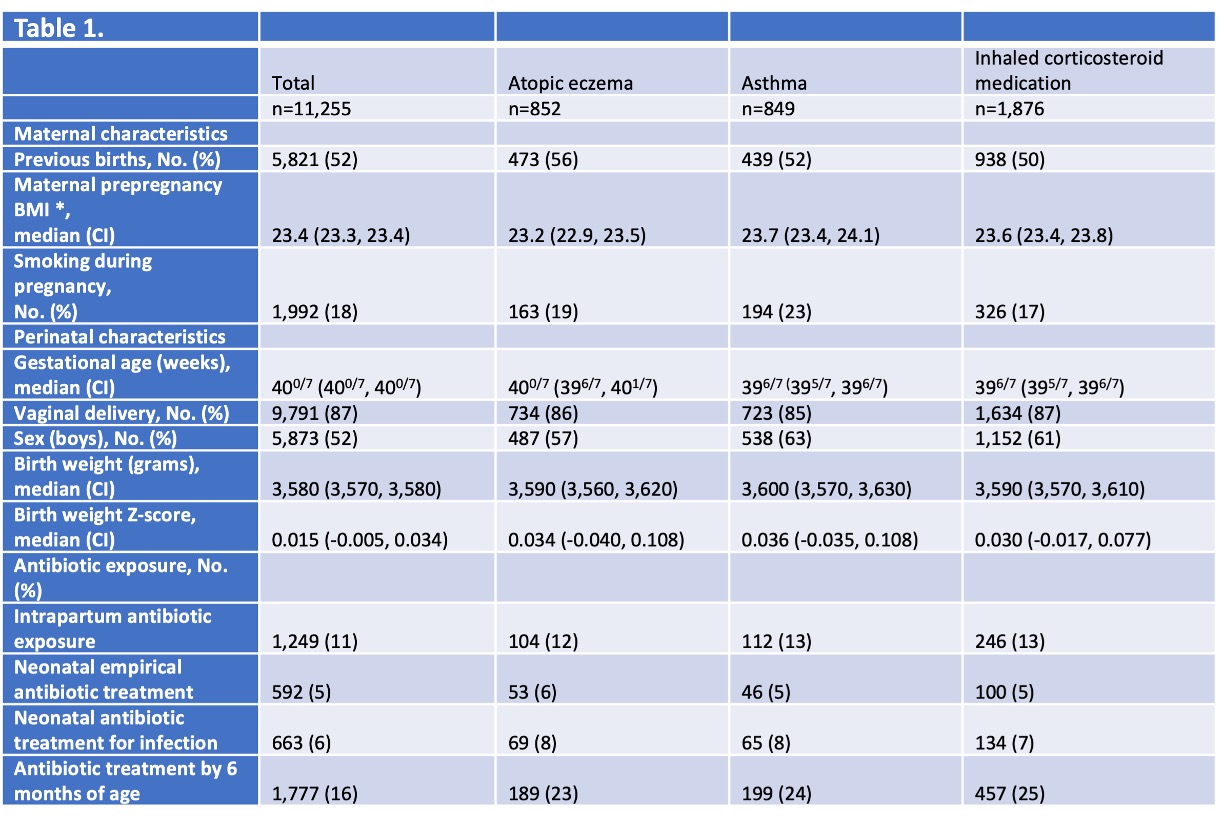Asthma
Session: Asthma 1
185 - Neonatal and Early Infancy Antibiotic Exposure Is Associated with Childhood Eczema, Wheeze and Asthma
Friday, May 3, 2024
5:15 PM - 7:15 PM ET
Poster Number: 185
Publication Number: 185.403
Publication Number: 185.403

Samuli Rautava, MD, PhD (he/him/his)
Associate Professor
University of Helsinki
Helsinki, Uusimaa, Finland
Presenting Author(s)
Background: Antibiotics are frequently administered in the neonatal period and early infancy. Early antibiotic exposure has been associated with later development of atopic disease, but the observed associations may be confounded by the indication for antibiotic use or result from reverse causation.
Objective: We investigated the association between neonatal and early infancy (before 6 months of age) antibiotic treatment and the development of atopic eczema, asthma, and the use of inhaled corticosteroid medication later in childhood in an unselected, population-based cohort.
Design/Methods: We analyzed data from 11,255 children born at full term (Figure 1). The exposure and outcome data were obtained from hospital records and national registers. The association between early antibiotic exposure (classified as neonatal empirical exposure with infection later ruled out, neonatal exposure for suspected or proven infection and exposure after the neonatal period but before 6 months of age) and the outcomes were analyzed using logistic regression. Potential confounding factors including having older siblings, maternal pre-pregnancy body mass index, smoking during pregnancy, duration of pregnancy, mode of delivery, child’s sex and intrapartum antibiotic exposure were included in the model.
Results: The baseline characteristics of the children in the study are presented in Table 1. Altogether 1,255 (11.2%) children were exposed to antibiotics during the first 14 days of life and 1,777 (15.8%) children had received antibiotic treatment after the neonatal period but before 6 months of age. During the follow-up, 852 (7.6%) infants were diagnosed with atopic eczema, 849 (7.5%) with asthma and 1,876 (16.7%) were prescribed inhaled corticosteroid medication. Neonatal antibiotic exposure for infection was associated with childhood atopic eczema and inhaled corticosteroid medication use (Figure 2). Antibiotic therapy by six months of age was more common in children developing atopic eczema, asthma and inhaled corticosteroid medication use (Figure 2).
Conclusion(s): Antibiotic exposure in the neonatal period and early in life is associated with increased occurrence of atopic eczema and asthma-like symptoms later in childhood. This association is not likely to be explained by reverse causation or confounding by indication because of the timing of the exposure. Prudence is advised when considering antibiotic administration in early life.



